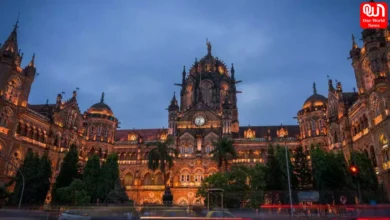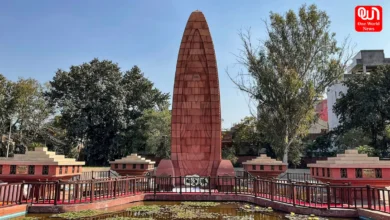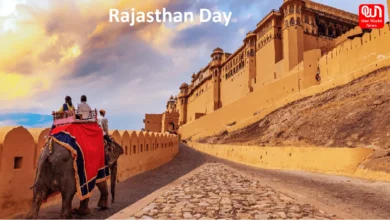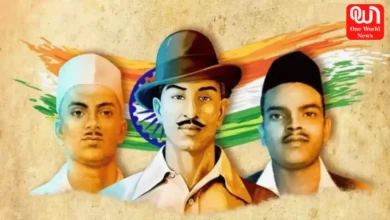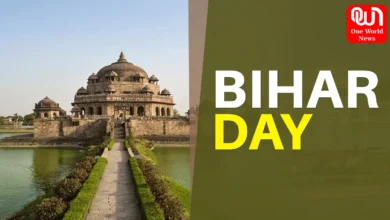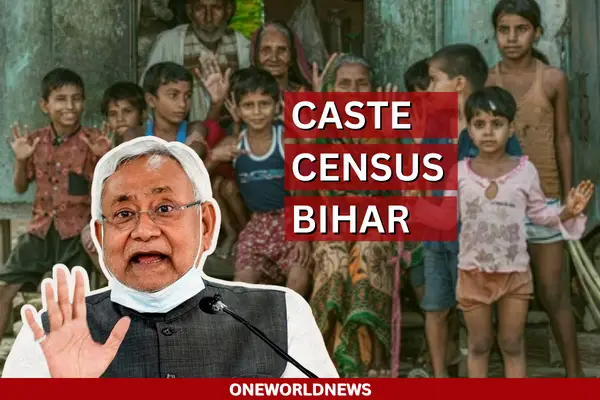
Bihar caste-based census; Caste-based census Conducted in Bihar under the leadership of Nitish Kumar. Here are the consequences and reasons behind it.
On Saturday, January 7, the Nitish Kumar administration started Bihar’s highly anticipated caste-based census. The project will cost Rs 500 crore.
The government is carrying out the exercise in two phases. All households in the state will be counted during the first phase, which is expected to be finished by January 21.
In the second phase, beginning in March, Data on people of all castes, subcastes, and religions will be collected. Data collectors will also record the financial situation of every person whose training got underway on December 15.
The eight-level survey would collect data digitally using a mobile application from the panchayat to the district level.
The software will ask users questions about their location, caste, family size, occupation, and yearly income. Teachers, Anganwadi, MGNREGA, and Jeevika employees are examples of census workers.
The caste census is taking place despite Nityanand Rai, a BJP MP from Bihar, declaring in 2021 that no caste-based census would be performed outside the Scheduled Castes (SCs) and the Scheduled Tribes (STs). The Centre has carried out seven censuses since Independence and only released information about SCs and STs.
Sanjay Jaiswal, the president of the BJP’s Bihar unit, claimed in an interview with The Indian Express that the government had fully kept his party in the dark about the procedure of the exercise and ignored the threat of counting illegal Bangladeshi migrants as Indian citizens.
प्रदेश में आज से जातीय जनगणना की शुरुआत हो चुकी है। खगड़िया में भी डीएम के साथ इस कार्य में लगे कर्मी घर-घर जाकर जानकारी इकट्ठा करने का काम रहे हैं।#Bihar #Khagaria #CasteCensus pic.twitter.com/VjjRAGi3Id
— Bihar Tak (@BiharTakChannel) January 7, 2023
“The Bihar format looks completely flawed. Suppose a Rohingya or Bangladeshi migrant has been living in a hut but hides the information about their nationality. There are chances that they will get counted as Indian citizens. That way, you are tampering with the citizenship register. Anybody building a hut and living in Bihar can easily lie to become its citizen covertly,” Jaiswal said, questioning the absence of a mechanism to cross-check the information in the caste census in Bihar.
Reasons for Bihar’s action
The state government will use the information to create welfare measures. The administration has already extended the deadline for finishing the caste census by three months until May 2023. The Bihar government claims that it has been challenging to accurately estimate the population of Other Backward Classes (OBCs) due to the need for more data on non-SCs and non-STs.
OBCs made up an estimated 52% of the population in 1931, according to census estimates. A socioeconomic and caste census was undertaken in 2011 by the UPA government at the Centre, which Congress ran, but caste information was not made public.
In 2018 and 2019, the Bihar Legislative Assembly unanimously approved two resolutions calling for a caste census. An all-party gathering in Bihar in June 2022, presided up by Chief Minister Nitish Kumar, unanimously adopted
Those calling for a caste census claim that while reservations for SCs and STs were granted based on their population, this was not true for OBCs. They claim that a caste census is required to adjust the quota.
Political influence
With both leading caste-based parties, Nitish and Tejashwi Yadav, his deputy chief minister, could stand to gain the most from the release of the caste census data before the 2024 Lok Sabha election. On the other hand, the delicate caste census data can spark new Mandal and Kamandal politics.
It was evident in the early 1990s when the Janata Dal government at the Centre put the Mandal Commission report into practice, granting OBCs reservations, to counter the BJP’s Kamandal politics, led by its leader LK Advani, who was organising a rath yatra for the construction of the Ram temple in Ayodhya.


